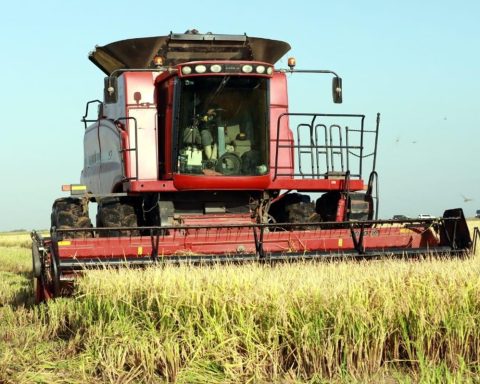A study released this Tuesday (15) by the National Confederation of Industry (CNI) reveals that 64% of businesspeople in the sector consider the infrastructure conditions in the Southeast Region to be excellent (9%) or good (55%). For 31%, the situation is regular. The percentage of businesspeople who classify the region’s infrastructure conditions as bad is 3%, and those who rate it as terrible represent 2%.
The Infrastructure Panorama study – Southeast Region brings together information on the areas of transport, energy, basic sanitation and telecommunications, as well as proposals for infrastructure improvements in the four states of the region.
This work is the third in a series of five produced by CNI with the aim of establishing a portrait of infrastructure conditions in Brazilian regions, identifying investment needs and demands from the industrial sector.
The president of CNI, Ricardo Alban, highlights that the report seeks to contribute to improving infrastructure in the region, a fundamental factor in strengthening industry and the economy. “The Brazilian productive sector feels the high infrastructure deficit and the effects of deteriorating conditions in this important area of the economy. Unmaintained roads, expensive energy and restrictions on access to the main ports have a direct impact on the competitiveness of the national industry and in attracting investment to the country”, says Alban.
According to the CNI, the Southeast is responsible for 52% of Brazil’s industrial GDP, which represents major challenges in modernizing port access, exploring for oil in the pre-salt and taking advantage of renewable sources such as hydroelectric plants.
“The biggest infrastructure problems in the Southeast are associated with road transport and maritime access conditions to the main ports. The precariousness of public highways and the compromised capacity at the Port of Santos are a concern for the industrial sector”, highlights the director of Institutional Relations at CNI, Roberto Muniz.
The director warns that building an infrastructure investment agenda is complex work, considering a country with continental dimensions like Brazil. “Each region has its particularities and, therefore, different strategies must be adopted to meet local needs, promoting the efficiency and sustainability of projects”, adds Muniz.
The data indicate that, for the Southeast to overcome logistical restrictions, it is essential that maintenance, adaptation and expansion works on strategic logistical corridors be prioritized, such as the Centro Atlântica Railway (FCA), the BR-381, the BR-116, the BR-101, BR-262 and the Third Route between Baixada Santista and Capital Paulista.
Works stopped
Of the 4,325 contracts analyzed by the Federal Audit Court (TCU) in the states that make up the Southeast Region, 2,338 suspended works were identified (54%). Of the various infrastructure sectors, basic sanitation and transport are among those with the highest number of shutdowns recorded in the region.
New PAC
The New Growth Acceleration Program (PAC), announced in August 2023, foresees investments of R$1.7 trillion in all states of Brazil, with R$759.7 billion in works, services and projects in the Southeast Region.











